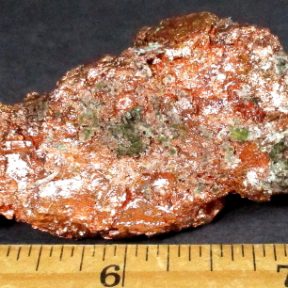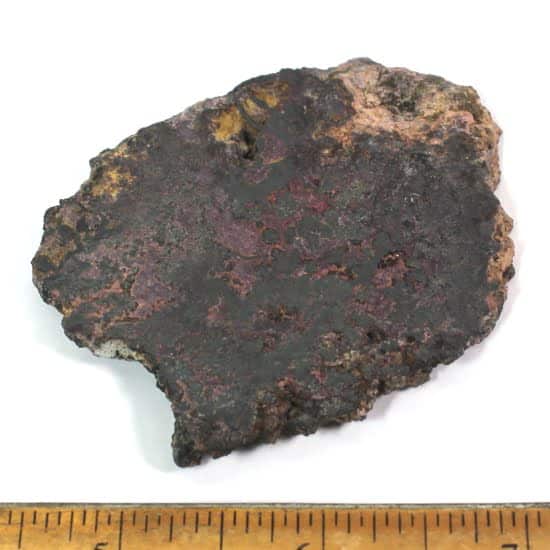Description
Placer gold is gold that has broken loose from the main lode, as a result of weathering and erosion. Placers can be found both close to and far from the gold lode, depending on the forces at play. One example is placer gold that gets into a river, where it can travel thousands of miles downstream
Placer mining is the by far most common mining activity practiced by hobby prospectors, as the gold doesn’t need to be extracted from hard rock.
Gold is a chemical element with the symbol Au (from the Latin word aurum) and the atomic number 79. In its pure form, it is a bright, slightly orange-yellow, dense, soft, malleable, and ductile metal. Chemically, gold is a transition metal, a group 11 element, and one of the noble metals. It is one of the least reactive chemical elements, being the second lowest in the reactivity series. It is solid under standard conditions.
Gold is thought to have been produced in supernova nucleosynthesis, and from the collision of neutron stars, and to have been present in the dust from which the Solar System formed.
Traditionally, gold in the universe is thought to have formed by the r-process (rapid neutron capture) in supernova nucleosynthesis, but more recently it has been suggested that gold and other elements heavier than iron may also be produced in quantity by the r-process in the collision of neutron stars. In both cases, satellite spectrometers at first only indirectly detected the resulting gold. However, in August 2017, the spectroscopic signatures of heavy elements, including gold, were observed by electromagnetic observatories in the GW170817 neutron star merger event, after gravitational wave detectors confirmed the event as a neutron star merger. Current astrophysical models suggest that this single neutron star merger event generated between 3 and 13 Earth masses of gold. This amount, along with estimations of the rate of occurrence of these neutron star merger events, suggests that such mergers may produce enough gold to account for most of the abundance of this element in the universe.
Asteroid origin theories
Because the Earth was molten when it was formed, almost all of the gold present in the early Earth probably sank into the planetary core. Therefore, as hypothesized in one model, most of the gold in the Earth’s crust and mantle is thought to have been delivered to Earth by asteroid impacts during the Late Heavy Bombardment, about 4 billion years ago.
Gold reachable by humans has, in one case, been associated with a particular asteroid impact. The asteroid that formed Vredefort impact structure 2.020 billion years ago is often credited with seeding the Witwatersrand basin in South Africa with the richest gold deposits on earth. However, this scenario is now questioned. The gold-bearing Witwatersrand rocks were laid down between 700 and 950 million years before the Vredefort impact. These gold-bearing rocks had furthermore been covered by a thick layer of Ventersdorp lavas and the Transvaal Supergroup of rocks before the meteor struck, and thus the gold did not actually arrive in the asteroid/meteorite. What the Vredefort impact achieved, however, was to distort the Witwatersrand basin in such a way that the gold-bearing rocks were brought to the present erosion surface in Johannesburg, on the Witwatersrand, just inside the rim of the original 300 km (190 mi) diameter crater caused by the meteor strike. The discovery of the deposit in 1886 launched the Witwatersrand Gold Rush. Some 22% of all the gold that is ascertained to exist today on Earth has been extracted from these Witwatersrand rocks.
Mantle return theories
Much of the rest of the gold on Earth is thought to have been incorporated into the planet since its very beginning, as planetesimals formed the mantle. In 2017, an international group of scientists established that gold “came to the Earth’s surface from the deepest regions of our planet”, the mantle, as evidenced by their findings at Deseado Massif in the Argentinian Patagonia.






